- Overview
- Types
- Symptoms
- Causes & Risks
- Tests & Diagnosis
- Treatment
- Parenting
- School
- Living With
- Complications
- View Full Guide
How to Get a Child With ADHD to Go to Sleep

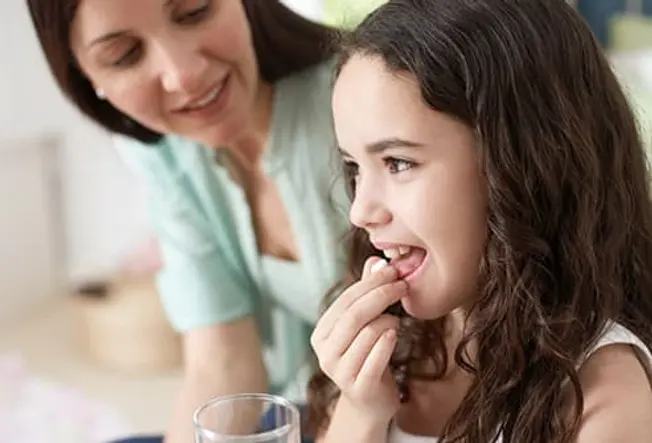
Modify Medicines
Trouble with sleep is a common side effect of ADHD medications (which are stimulants). To be sure your child can wind down at bedtime, ask their doctor about changing the dose, the timing of it, or the type of medication they're taking. There are non-stimulant options that could work for your child’s ADHD. It may take a few tries to find the combo that works best for focusing during the day and going to sleep at night.
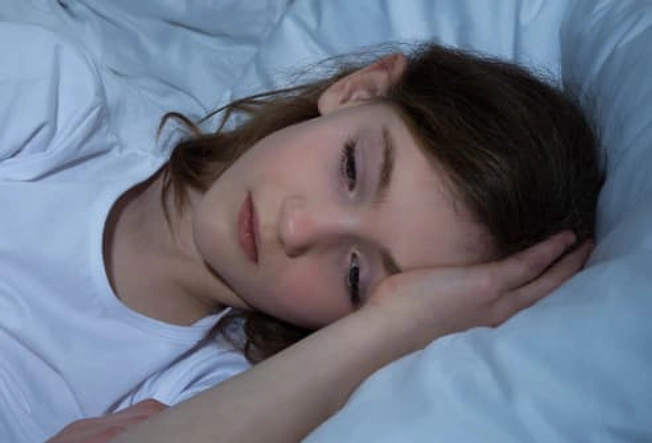
Welcome the Dark
You may have most of the lights off in your child’s room at bedtime, but does that make the room dark enough? Your kid's body clock may need more of a nudge to know it’s nighttime. Unplug or cover any electronics that glow. Blackout curtains can help shut out extra light from outside. If your child will wear it, a sleep mask can also do the trick.
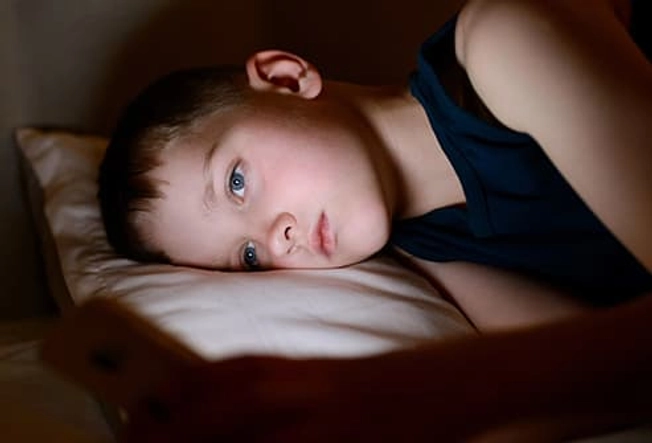
Skip the Screens
The blue light from the monitors on things like computers, tablets, and phones can trick your child’s brain into thinking it’s time to be awake. Limit screen use to earlier in the day, and fill your child’s post-dinner hours with activities like board games, reading, or quiet play.
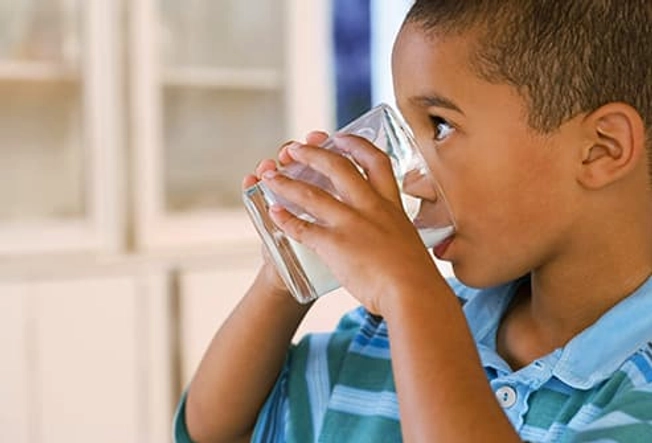
Focus on Food Choices
What and when your child eats (or drinks) can affect their sleep schedule. A bedtime stomach that's too full or too empty can make it hard to start snoozing. So can snacks and drinks packed with caffeine. Skip soda, tea, and chocolate in the afternoon and evening.
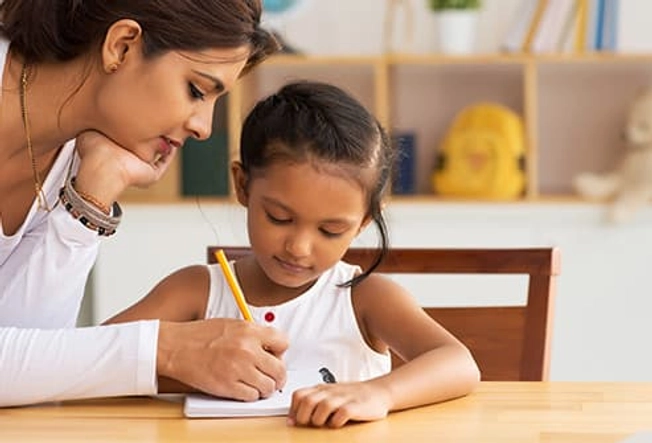
Stick to a Schedule
A nighttime routine can help ease your child toward sleep. A regular order of events at bedtime will help train their body and brain that sleep comes next. Write your plan down, with the help of your child. That'll make sure you’re both on board (and help baby sitters know the drill when you’re away).
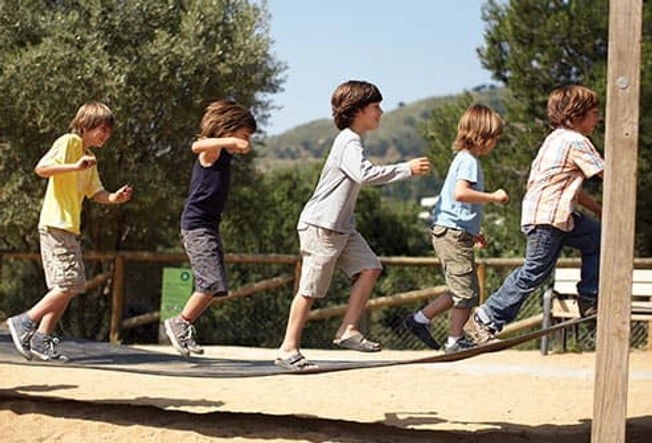
Move More
A body that exercises daily sleeps better at night. Anything that gets the blood pumping and muscles moving works. It could be something like:
- A walk
- Yoga
- Jumping rope
- Dancing around the living room
Take note, though: Sometimes, exercise can amp kids up, so be sure their sweat sessions aren’t too close to bedtime.
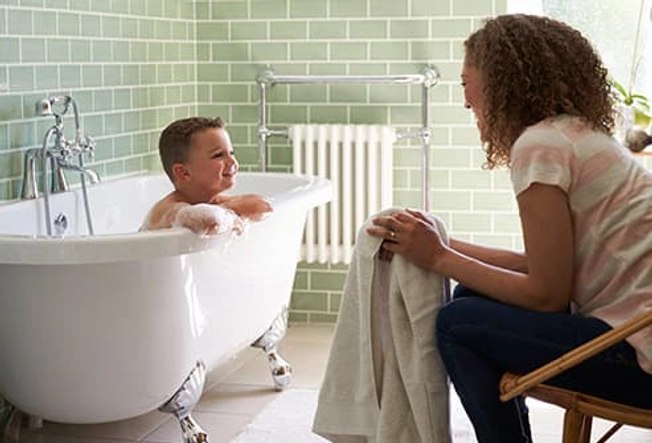
Build In Bath Time
A soothing soak in the tub might be just the trick to tucker your child out. After they get out of a warm bath, their body will start to cool off. That can make them feel sleepy.
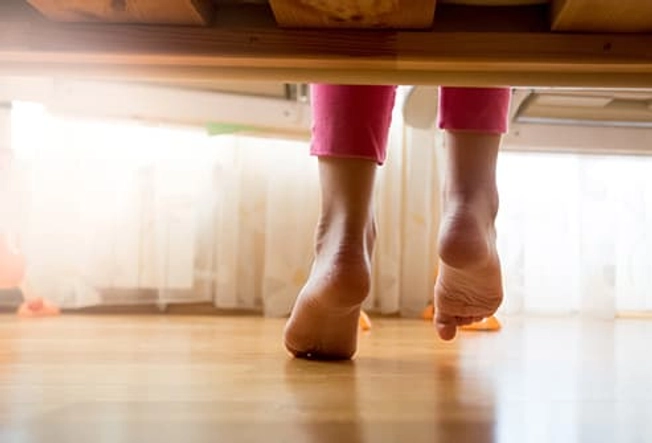
Set a Wake-Up Time
It’s easier (most of the time) to get a kid out of bed than to get them to fall asleep. Keep your child’s wake-up time the same every day, including weekends, so their body gets in the rhythm of the same sleep hours.
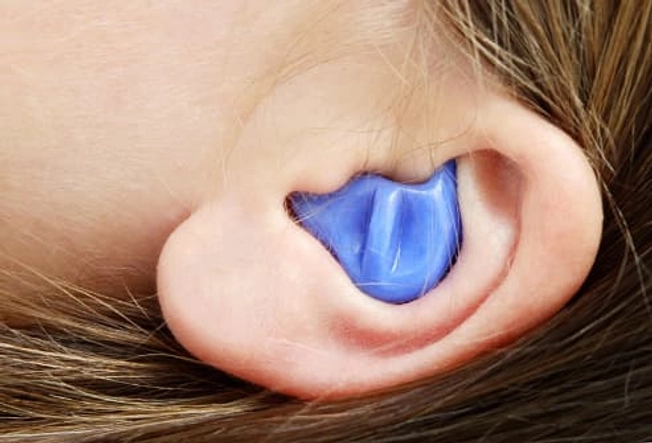
Stifle Sound
It’s likely your child’s bedtime happens before the rest of the household hits the hay. Block out extra noise that could distract your kid from dream time. White-noise machines create soothing static that can mask other sounds. Earplugs can also work for kids more sensitive to noise.
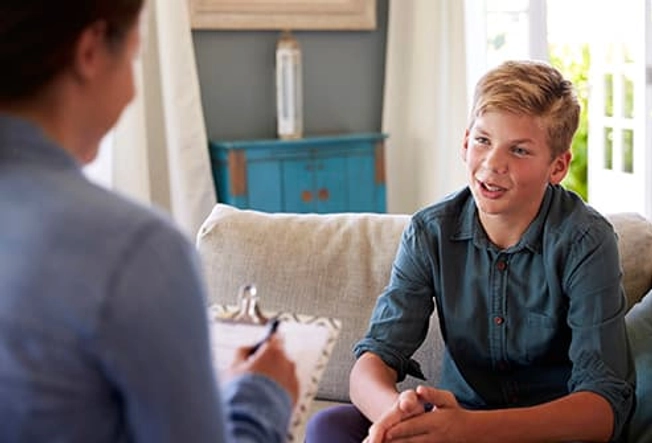
Address Anxiety
About 25% of kids with ADHD also have an anxiety disorder. That can make a child’s mind race and prevent it from drifting off. Talk to your child’s doctor about whether that might be part of their sleep problem. They might suggest other therapies or strategies.
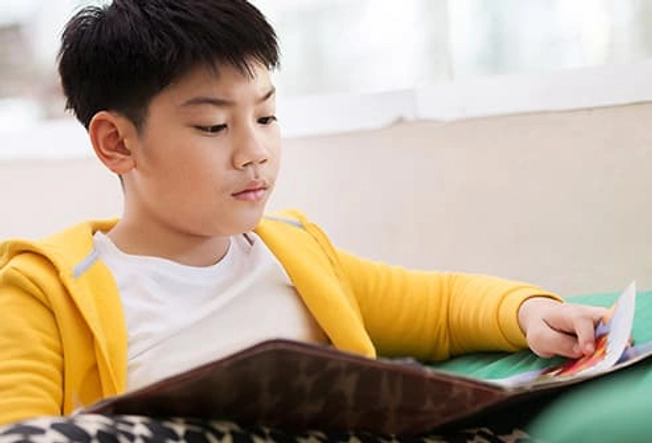
Head Off Homework Early
Schoolwork often causes stress, which can delay sleep. Help your child organize their time so they can finish their work early enough that bedtime can stay the same. Try using checklists and a specific work area to help them stay on task.
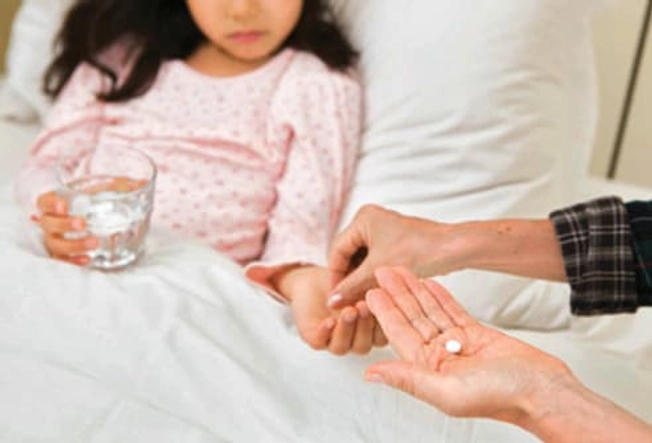
Maybe a Sleep Supplement
Melatonin is a hormone your brain releases at a certain time of day to tell your body it’s time to go to bed. You can buy it in pill form and take it before bedtime to treat insomnia or other sleep problems. Experts are still studying the long-term effects of using melatonin, but they consider it safe to use in kids. Ask your child’s doctor if it might work as a sleep aid.
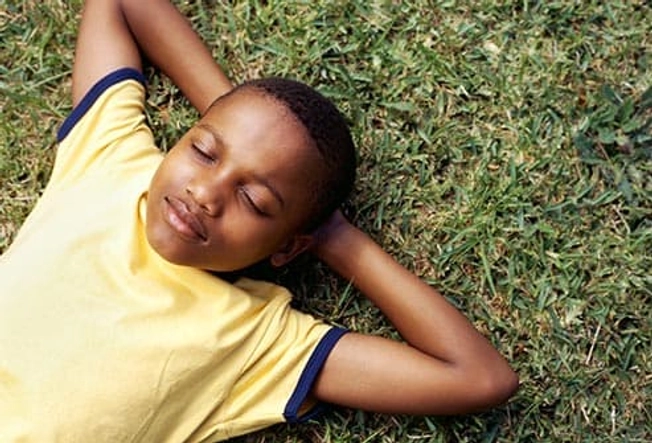
Relaxation Techniques
Brain and body calming methods can help some kids. Breathing exercises and guided imagery are two ways to slow down a racing mind and jittery limbs. Ask your doctor to help you find ways to show you and your child what to do.
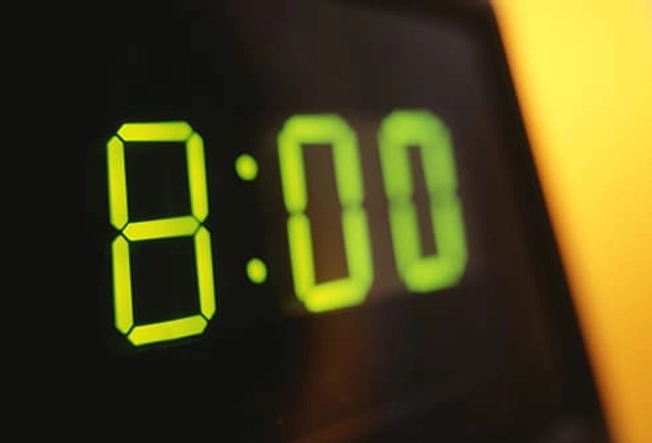
Choose the Right Time for Bed
Be sure your child’s bedtime is setting them up for good sleep. Figure out how many hours they need based on age:
- Two-year-olds and younger need 14+ hours.
- Preschoolers need 10-13 hours.
- Kids under 13 need 9-11 hours.
- Teens need 8-10 hours.
Count backward from their wake-up time, and start there. Some kids do OK with less than the average and may go to sleep faster with a later bedtime.
Your doctor can help find out what works best.
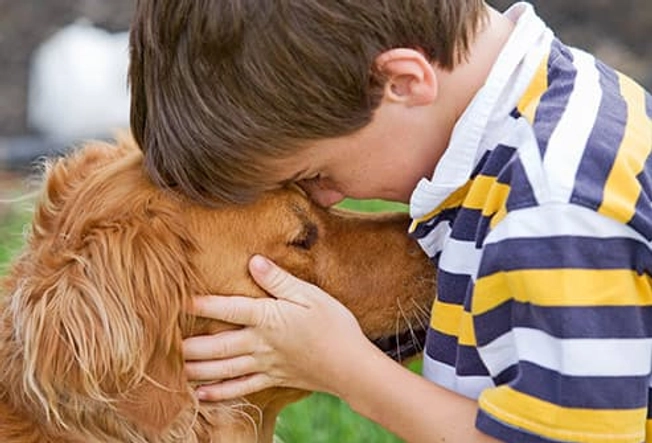
Rule Out Other Things
Sometimes ADHD isn’t behind sleep problems. If you’ve tried good strategies without success, think about seeing a sleep specialist. Your child could have:
- Asthma
- Allergies
- Sleep apnea or another disorder that disrupts rest.
Snoring or pauses in breathing can be signs of a sleep struggle other than ADHD.